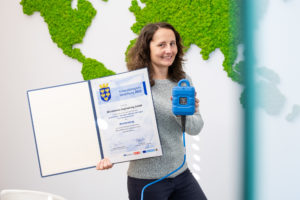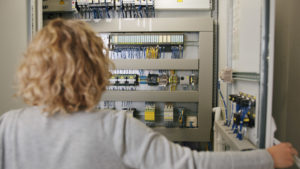Ammonia – An unknowingly hazardous substance?
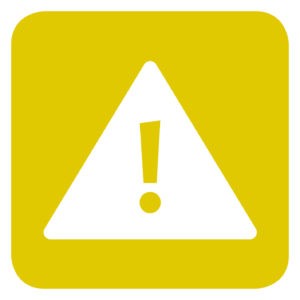 In too high concentrations, ammonia can causing adverse health effects. NH3 primarily affects the respiratory tract in both humans and animals, can damage or even corrode mucous membranes and eyes, and leads to confusion and, in the worst case, death. Lower concentrations of ammonia can lead to chronic respiratory problems such as bronchitis under constant exposure.
In too high concentrations, ammonia can causing adverse health effects. NH3 primarily affects the respiratory tract in both humans and animals, can damage or even corrode mucous membranes and eyes, and leads to confusion and, in the worst case, death. Lower concentrations of ammonia can lead to chronic respiratory problems such as bronchitis under constant exposure.
NH3 also does not go unnoticed in the environment and vegetation of plants and leaves its traces. Forest trees in particular react sensitively to ammonia. Their growth is weakened when the NH3 concentration in the atmosphere is too high. Furthermore, ammonia emissions trigger nitrogen deposition on sensitive ecosystems, which contributes to a high degree to biodiversity loss.
Overfertilisation of soils with NH3 can not only “burn” plants, but the gas is absorbed into the groundwater and subsequently poisons the waters. The trigger for the death of fish and other aquatic organisms is therefore often due to the culprit NH3.
NH3 in industry
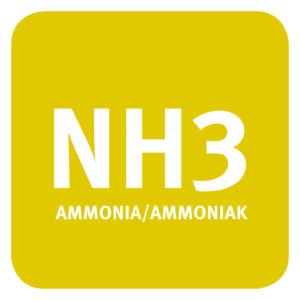
Nevertheless, ammonia is found in lower concentrations in the industrial sector again, as it can also generate positive benefits. The gas is used, for example, in the production of fertilisers, in medical technology, in the extraction of nitric acid, in electroplating and in refrigeration technolog.
Although the gas is used in low concentrations, it must still always be checked that there are no leaks and that the toxic gas cannot escape. A too high concentration of NH3 in the breathing air must be detected at an early stage.
The environment and the ecosystem must also be protected from excessive ammonia emissions. Regular monitoring of emissions in the ambient atmosphere must therefore not be neglected.
The innovative measurement technology from Microtronics
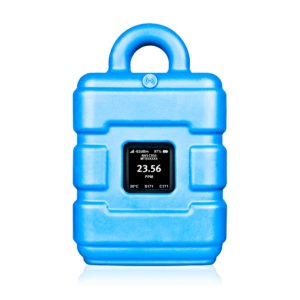
Microtronics supplies a complete package of hardware, software and service for the monitoring of NH3 for your individual field of application. The revolutionary measuring technology offers a high degree of comfort. Microtronics offers innovative measuring devices that send alarms via SMS, email or phone call as soon as an excessive concentration of NH3 has been diagnosed in the ambient air. In addition, you benefit from the continuous measurements and recording of the values. This enables you to carry out extensive (long-term) analyses.
Data logging made easy
The data loggers from Microtronics transmit the data via mobile radio. Send your measurement data directly to the server via GSM and view the values conveniently from a distance via your PC. You can optionally receive the data locally on your smartphone, but you must be close to the measuring point (range approx. 10 metres).
With Microtronics technology, you no longer need to worry about the regularity of the measurement intervals, because data loggers automatically take care of that for you. The ammonia sniffers continuously measure the concentration of NH3. If a defined limit value is exceeded, the units sound an alarm and you receive a message so that you can take countermeasures in good time. With an automated dosing control, you can even handle this counteracting automatically.
Old NH3 sensor out – new NH3 sensor in.
The sensor must be calibrated every 6 months to ensure accurate measurement. The innovative sensor swap concept makes it possible to swap without data holes. You make the exchange quickly and easily directly at the measuring point. The exchange of the sensor is simplified by a magnet system. Among other things, this ensures that the sensor has been correctly inserted into the unit.
NH3 is bothering you?
Provide your customers with applications to effectively monitor NH3! Together, we develop a solution that is precisely tailored to your needs and requirements. Use Microtronics’ flexible toolbox to measure gas and create efficient monitoring and metering systems.
